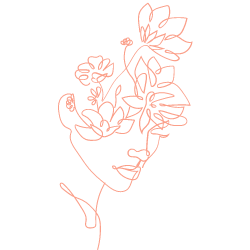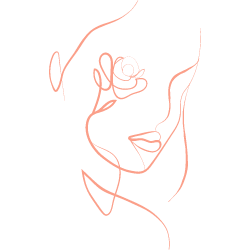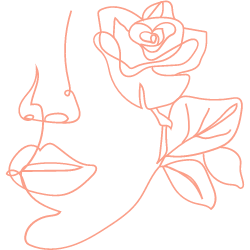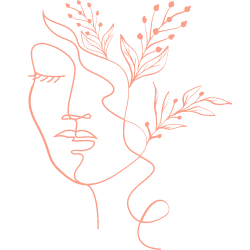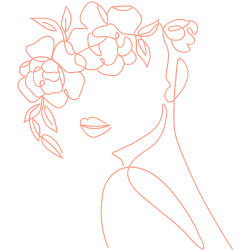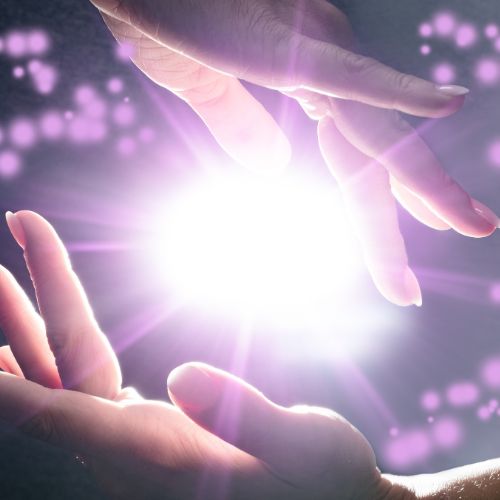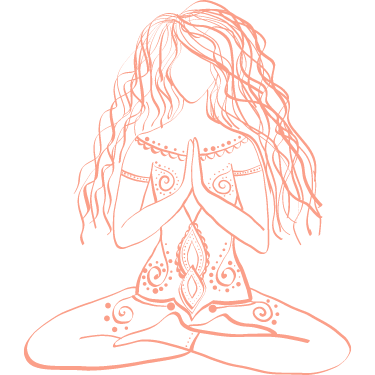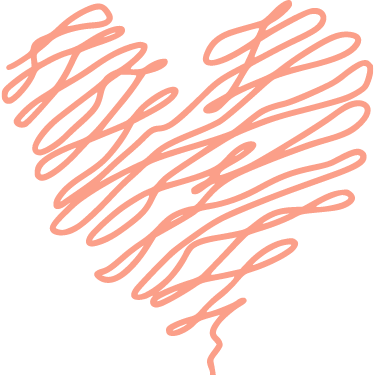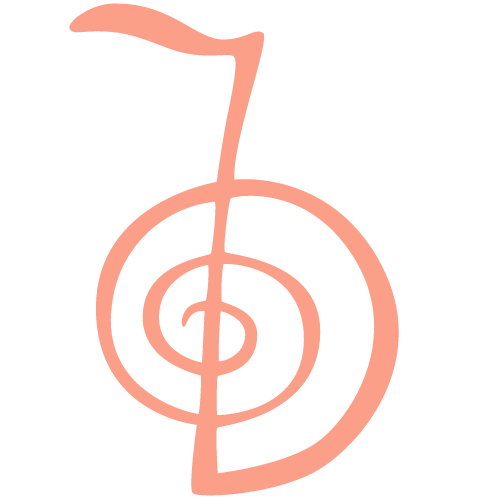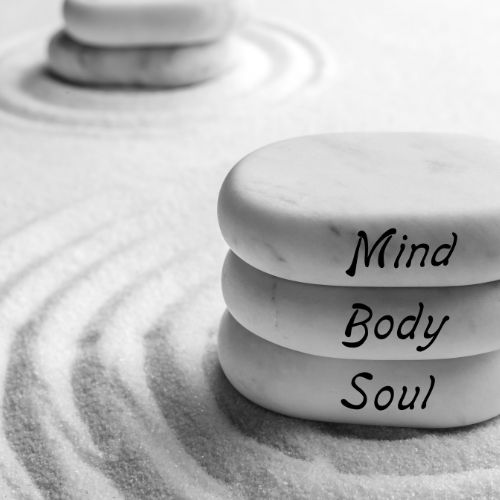What is Reiki?
Reiki is a holistic healing technique that originates from Japan. The term "Reiki" is derived from two Japanese words: "Rei," which means "universal," and "Ki," which refers to the vital life force energy that flows through all living beings. This energy is believed to be the essence that sustains life and promotes healing in all living entities.
At its core, Reiki is based on the idea that an unseen "life force energy" flows through us and is responsible for our overall health and well-being. When this energy is low or blocked, it can lead to illness or stress, whereas when it's high, we are more capable of being happy and healthy.
Reiki healing involves the transfer of energy from the practitioner to the patient to enhance the body's natural ability to heal itself through the balancing of energy. Practitioners use specific hand positions, either touching the patient or hovering above them, to channel energy and activate the body's inherent healing processes. This energy transfer aims to clear blockages, detoxify the system, and restore balance, leading to physical, emotional, and spiritual well-being.


